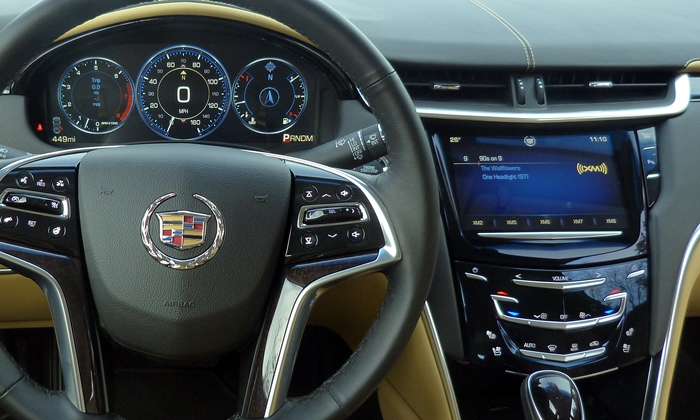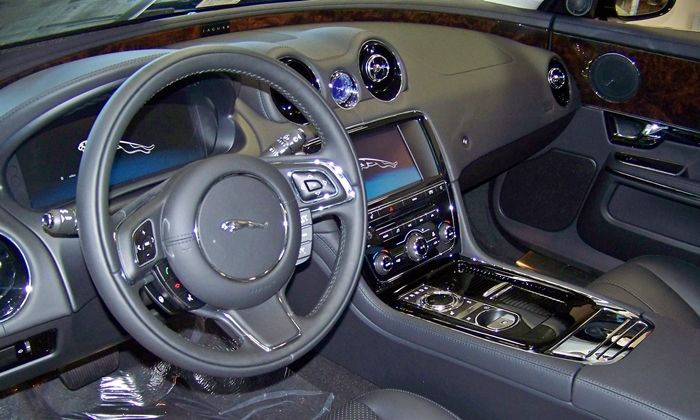Consumer electronics aren’t designed to last more than a few years. After all, advances in technology render computers and phones obsolete long before many of them have a chance to fail. Many people expect their cars to last at least a dozen years. If the car is a desirable one, enthusiasts would like to keep it going…forever. But will this be possible with the latest cars, with their thorough integration of complicated electronics?
As long as cars were mainly mechanical, the worst case scenario involved custom machining a new part or thoroughly re-manufacturing an old one. Expensive, but doable. But what will happen in ten to fifteen years, when a display, circuit board, or microprocessor fails in a 2013 luxury car? In most cases it won’t be possible to repair, refurbish, or re-manufacture the part. The technology will be a few generations old. The factories that originally created the parts will have converted over to newer generations of parts. The manufacturer might still stock the parts, but contrary to common belief there is no law requiring that they do so.
Forward-thinking junkyards that remove fragile electronic systems from cars and store them indoors could and likely will be part of the solution. If there’s enough demand, some companies might specialize in duplicating vintage electronic components. But can we count on one or both of these things happening? Probably for popular models, but what about for those that sell in low volumes?
We’ll start finding out soon. The 2002 BMW 7-Series took automotive electronics to a whole new level, among other things introducing iDrive. These cars are now over a decade old, and have passed beyond both the original and any CPO warranty. Other at least equally complicated car models follow close behind. So far the electronic bits seem to be holding up. But for how much longer?

